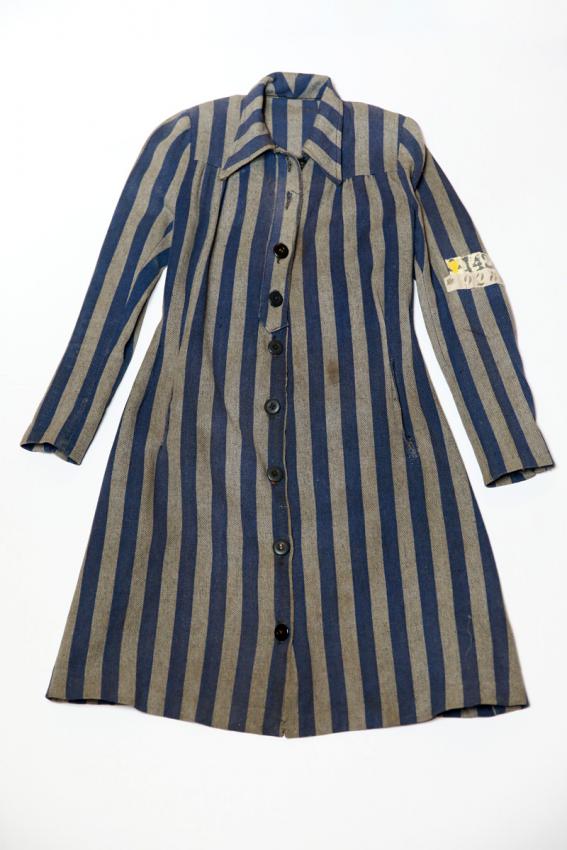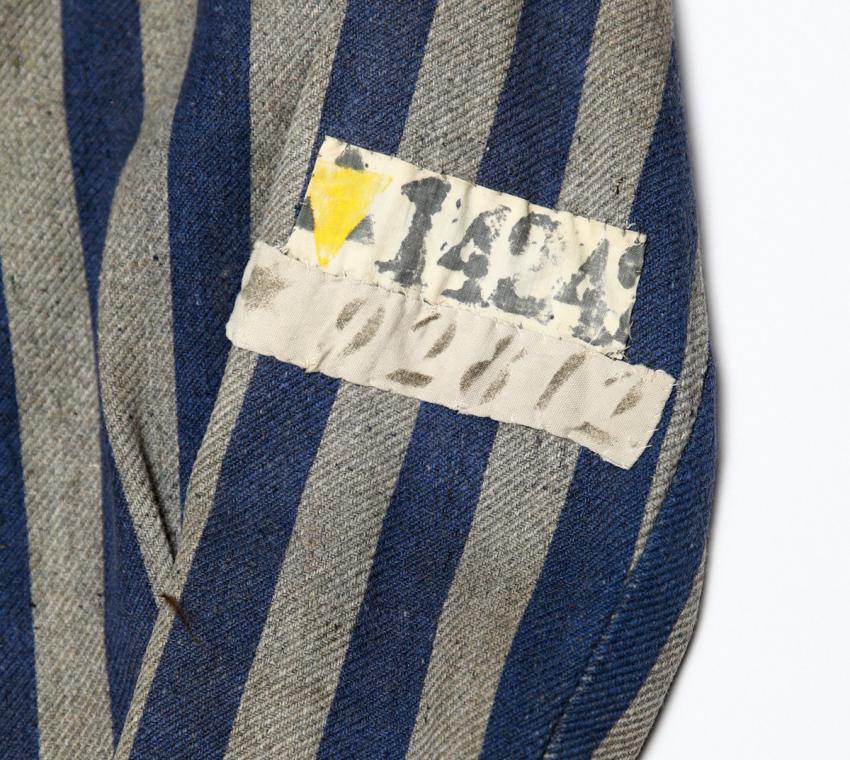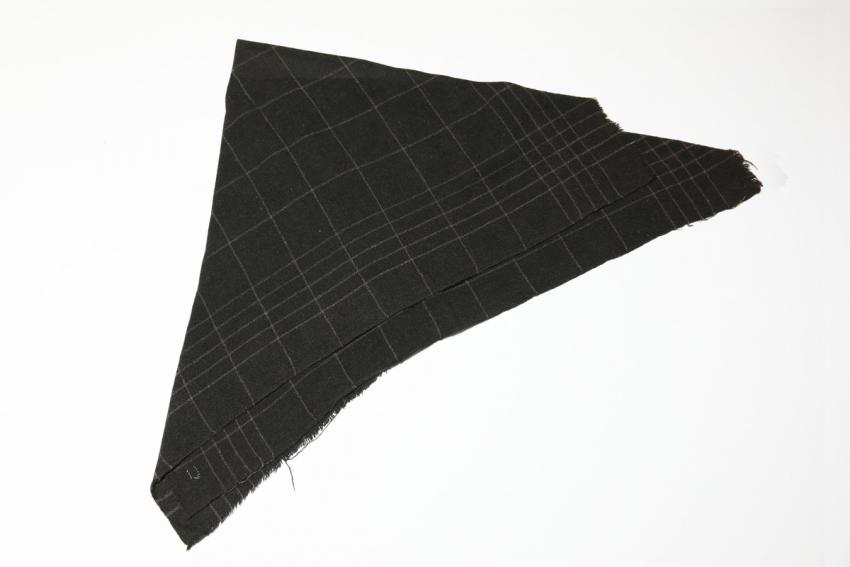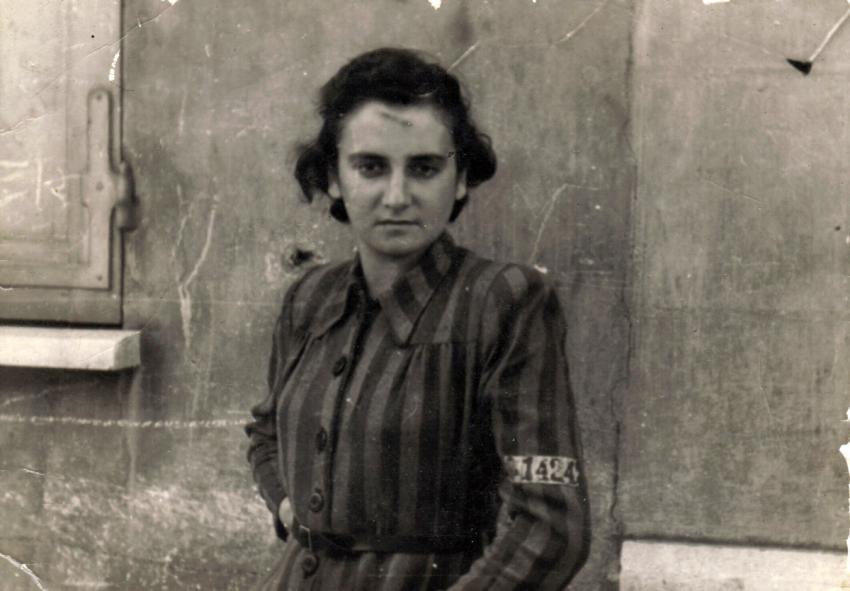Ruth Bensinger was 17 when she departed Germany in 1938 to study at the Beit Yaacov Seminar in Krakow, Poland, as schools in Germany were closed to Jews.
When the war broke out, Ruth was in Warsaw visiting a friend. She lost contact with her during the bombardment of the city, and was left alone. Ruth tried to reach France, where she had family members with French citizenship, but the French authorities refused entry to people who only held German citizenship.
In an attempt to leave Poland, Ruth travelled from Warsaw to Bialystok, and from there to Vilna, but in the summer of 1941, she was incarcerated in the Vilna ghetto. She survived two years in the ghetto, when she was deported to the Kaiserwald forced labor camp where she cleaned and did laundry for German soldiers and pilots at the airport.
In fall 1944, Ruth was transferred to the Stutthof camp together with other female prisoners and assigned to the back-breaking work of paving roads. With the approach of the Red Army, the Germans forced the women inmates on a death march.
"By this time I couldn't walk any further. Each night we were locked into barns. One morning I hid in the hay, but the Germans found me. Miraculously, instead of being shot, I was hit across the head and I started to bleed. My friends helped me by binding up the wound with a headscarf and I melted into the crowd of girls, so that the Germans couldn't find me".
Ruth Bensinger
The women were marched in the direction of the port city of Danzig, the plan being to load them onto a boat and drown them in the Baltic Sea, but the liberation of the area by the Red Army saved them from this fate.
After the liberation, Jewish organizations helped Ruth to make contact with relatives who had escaped to the United States during the war. She reached New York in 1946.
In 1998, Ruth immigrated to Israel with her husband, Holocaust survivor Avraham Nussbacher.
Yad Vashem Artifacts Collection
Donated by Ruth Bensinger-Nussbacher, Netanya














